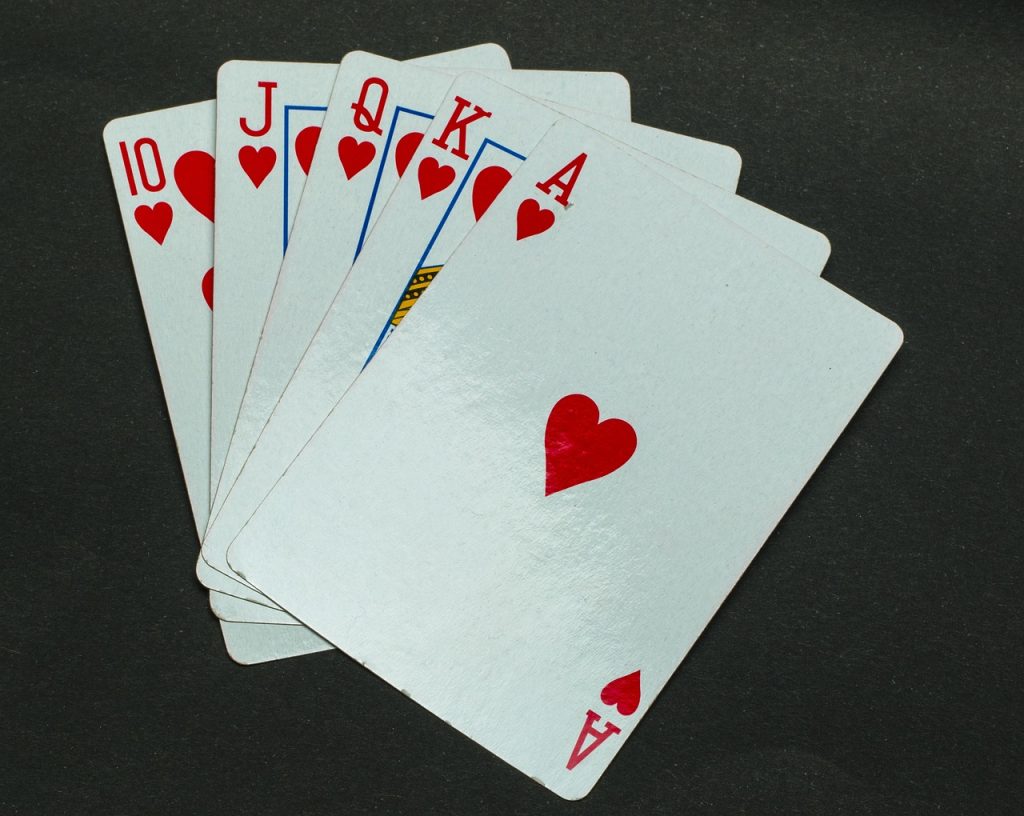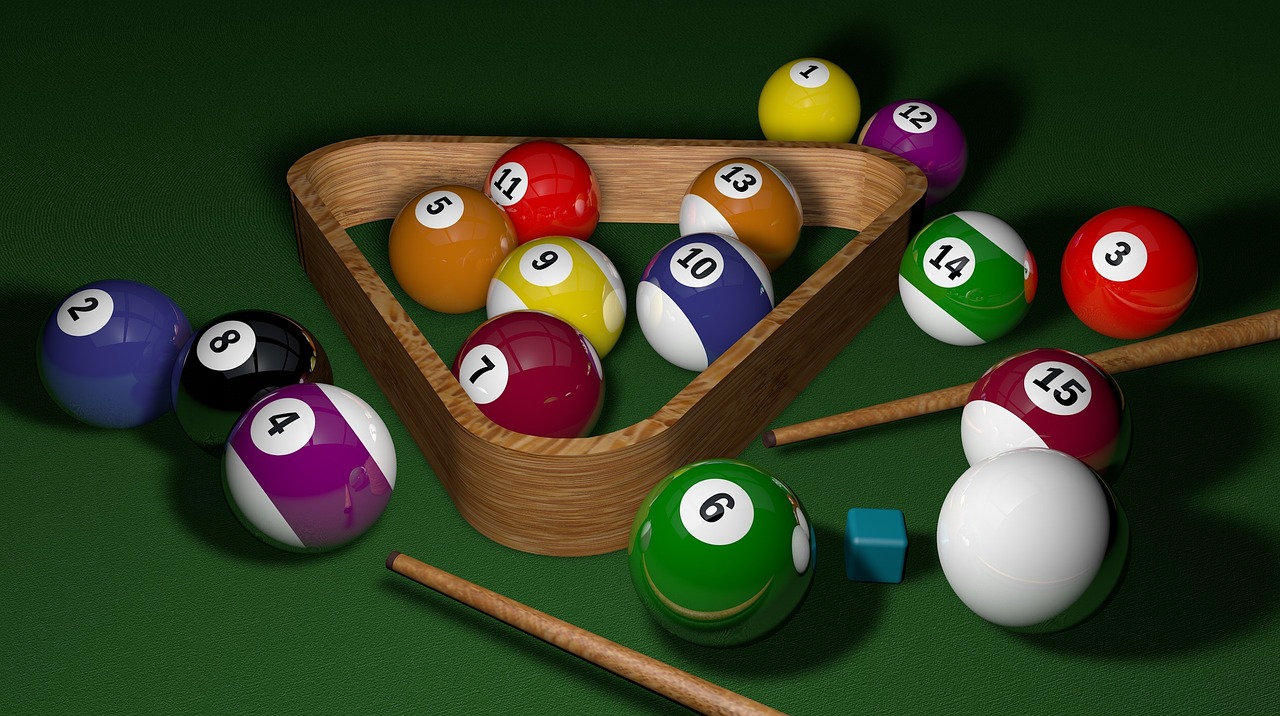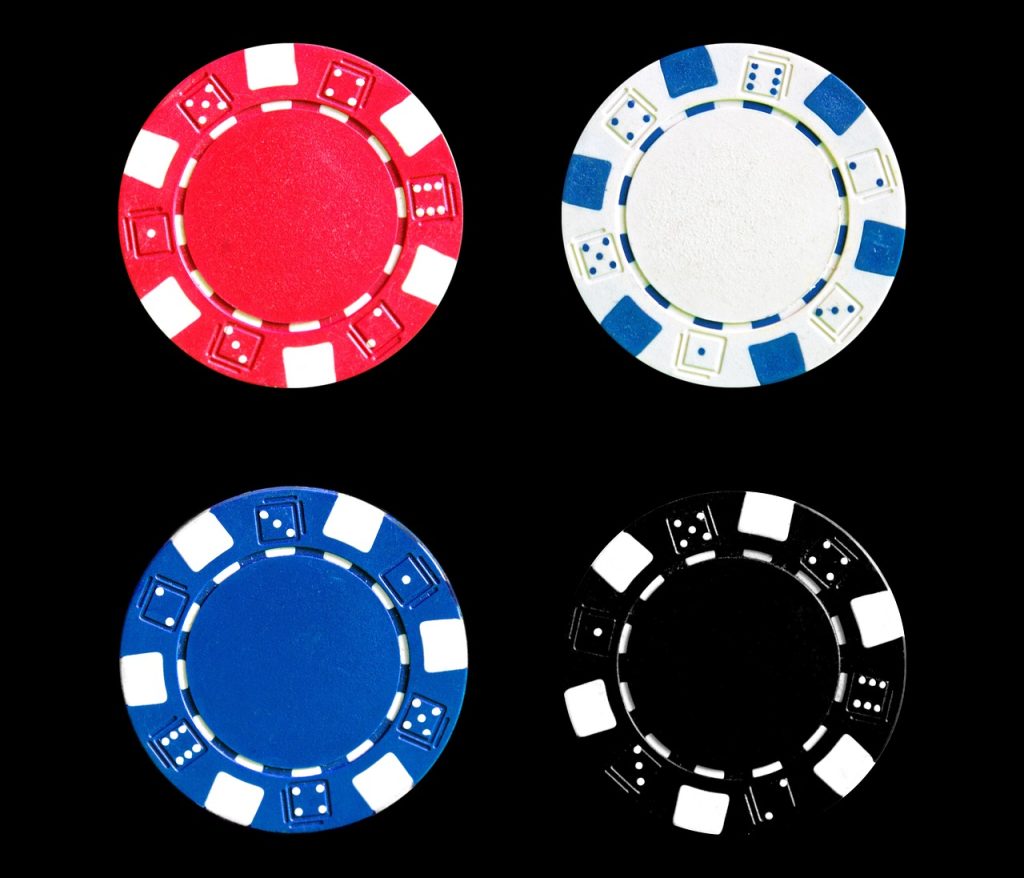Introduction to Poker Tells
Understanding and interpreting poker tells and body language can be a game-changer at the poker table. In the high-stakes world of poker, players rely not only on their card skills but also on their ability to read and manipulate the non-verbal cues exhibited by opponents. This article delves into the fascinating realm of poker tells, exploring the psychology behind body language in poker, common tells to watch for, and strategies for leveraging this valuable information to gain a competitive edge in the game. Join us as we uncover the hidden language of poker tells and learn how to decipher what lies beneath the surface of every hand dealt.
1. Introduction to Poker Tells
The Importance of Reading Body Language in Poker
Poker is not just about the cards you hold; it’s also about the subtle art of reading your opponents. Poker tells, or the body language cues players give off, can provide valuable insights into their hand strength and intentions. In a game where bluffing and deception are key strategies, understanding poker tells can give you a significant edge at the table.
2. The Psychology Behind Body Language in Poker
Understanding the Mind-Body Connection
Body language in poker is a window into the player’s mind. Our bodies often betray our true feelings, even when we try to mask them. Understanding the psychological underpinnings of body language can help you decipher whether an opponent is confident, nervous, or bluffing. By honing your ability to interpret these non-verbal cues, you can make more informed decisions and improve your overall performance at the poker table.
3. Common Poker Tells and Interpretations
Facial Expressions and What They Reveal
Gestures and Movements to Watch For
Facial expressions are a goldmine of information in poker. From micro-expressions that flash across someone’s face to more pronounced tells like eye contact or lip biting, observing your opponent’s facial cues can clue you in on their emotional state and potential hand strength. Additionally, gestures such as fidgeting, leaning back, or tapping fingers can hint at internal thoughts and decision-making processes. By paying attention to these common poker tells, you can gain valuable insights into your opponents’ strategies.
4. Reading Non-Verbal Cues at the Poker Table
Observing Posture and Body Positioning
Interpreting Verbal Patterns and Speech Cues
Posture and body positioning can also reveal a lot about a player’s confidence level and comfort at the table. A player sitting upright with relaxed shoulders may be more self-assured, while someone slouched or fidgeting nervously might be feeling the pressure. Furthermore, verbal cues such as speech patterns, tone of voice, and hesitation in responses can offer additional clues about a player’s hand strength and intentions. By incorporating these non-verbal cues into your decision-making process, you can enhance your ability to outplay your opponents and navigate the complexities of poker with greater skill and finesse.
5. Strategies for Using and Masking Poker Tells
Creating False Tells to Mislead Opponents
In poker, sometimes it’s good to be a bit of a trickster. By intentionally displaying fake tells, you can throw off your opponents and make them second-guess their reads on you. Just remember, subtlety is key – you don’t want to be as obvious as a toddler trying to hide a cookie behind their back.
Controlling Your Own Body Language for Strategic Advantage
Your body language can be your best friend or your worst enemy at the poker table. By being aware of your own tells and consciously controlling them, you can project confidence, indecision, or even pure bluffing mastery. Just don’t overdo it – you don’t want to end up looking like a malfunctioning robot trying to play poker.
6. Advanced Techniques for Analyzing Body Language in Poker
Mindfulness and Awareness at the Table
Being present and attentive at the poker table is crucial for picking up on subtle cues from your opponents. Mindfulness isn’t just for meditation – it can also help you spot the twitch of an eye or the quiver of a lip that could give away your opponent’s hand.
Spotting Subtle Tells and Microexpressions
Microexpressions are like tiny poker tells on steroids. These fleeting facial expressions can reveal a player’s true emotions, even when they’re trying to keep a poker face. Sharpen your observation skills to catch these subtle signals, and you’ll have a leg up on your competition.
7. The Role of Poker Tells in Player Profiling
Building Profiles Based on Behavioral Patterns
Just like a detective building a case, you can construct profiles of your opponents based on their consistent behaviors and tells. Whether someone always scratches their nose when bluffing or adjusts their glasses when they have a strong hand, these patterns can give you valuable insights into how to play against them.
Adapting Strategies Based on Opponents’ Tells
Once you’ve cracked the code on your opponents’ tells, it’s time to put that knowledge to good use. Adjusting your own strategy based on the tells you’ve observed can give you a significant edge in the game. Just remember, poker is a dance – sometimes you lead, and sometimes you follow.
8. Conclusion: Harnessing the Power of Poker Tells in Your Game
Poker tells and body language aren’t just for the movies – they’re powerful tools that can elevate your game to the next level. By mastering the art of reading and using tells strategically, you can turn the tables on your opponents and stack those chips in your favor. So, go forth, poker warrior, and may your tells be as unreadable as a doctor’s handwriting.
Conclusion: Harnessing the Power of Poker Tells in Your Game
In conclusion, mastering the art of reading poker tells and understanding body language can elevate your gameplay to new heights. By honing your skills in interpreting non-verbal cues, you can anticipate moves, make strategic decisions, and ultimately outwit your opponents at the poker table. Remember, the language of poker tells is a powerful tool in your arsenal, offering insights into the minds of fellow players and enhancing your overall performance. Embrace the nuances of body language in poker, and watch as your game reaches new levels of success and satisfaction.
Frequently Asked Questions
1. Can poker tells be completely accurate indicators of a player’s hand?
2. How can I improve my ability to spot and interpret poker tells?
3. Do experienced poker players intentionally display false tells to mislead opponents?
4. Are there specific body language cues that are more reliable indicators of a player’s intentions at the poker table?

AdHang.com is the No.1 agency for digital marketing in Nigeria and the first Internet public enlightenment agency in Africa. AdHang has everything needed to achieve your digital marketing objectives and goals. From strategic digital marketing, a tactical approach to employing advanced digital marketing tools and technologies, using seasoned marketers with decades of marketing communications experience.









Comments